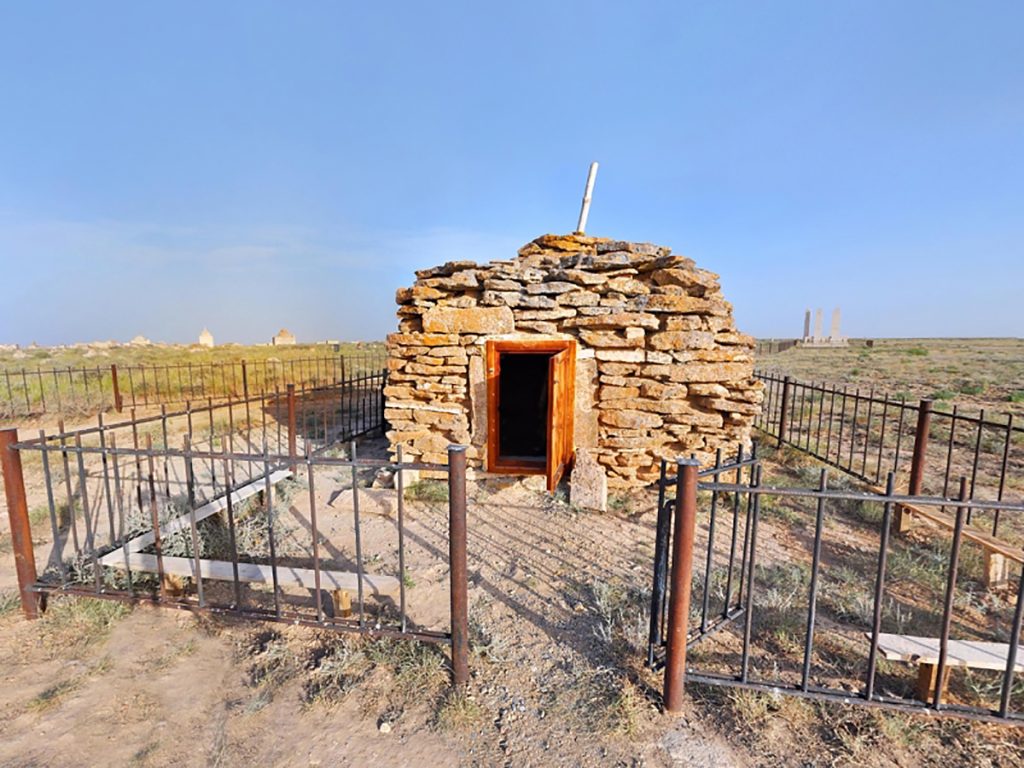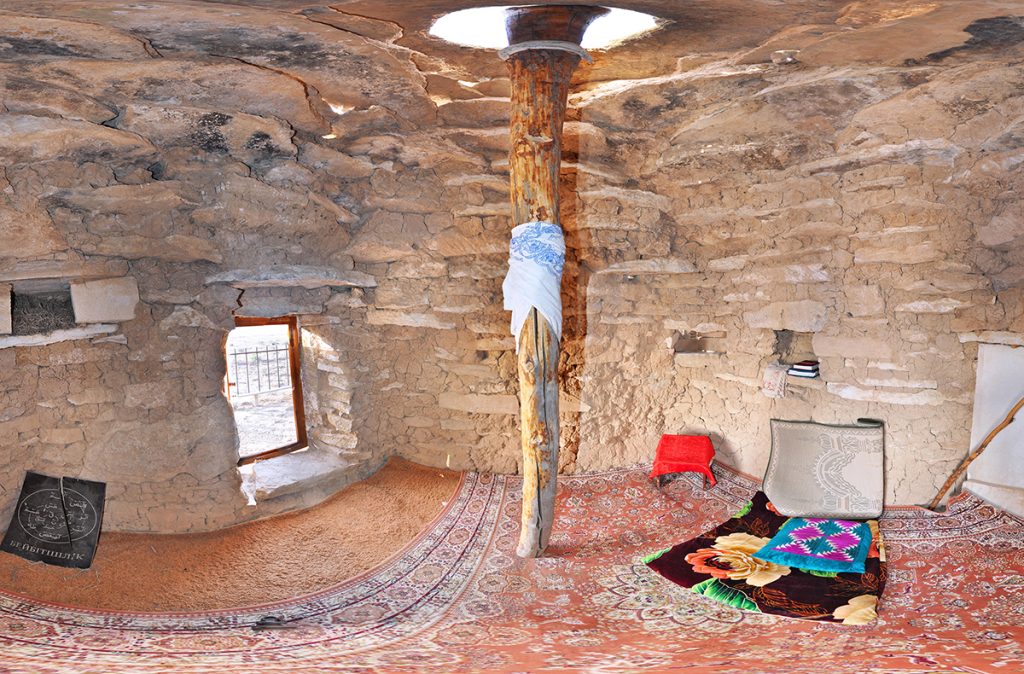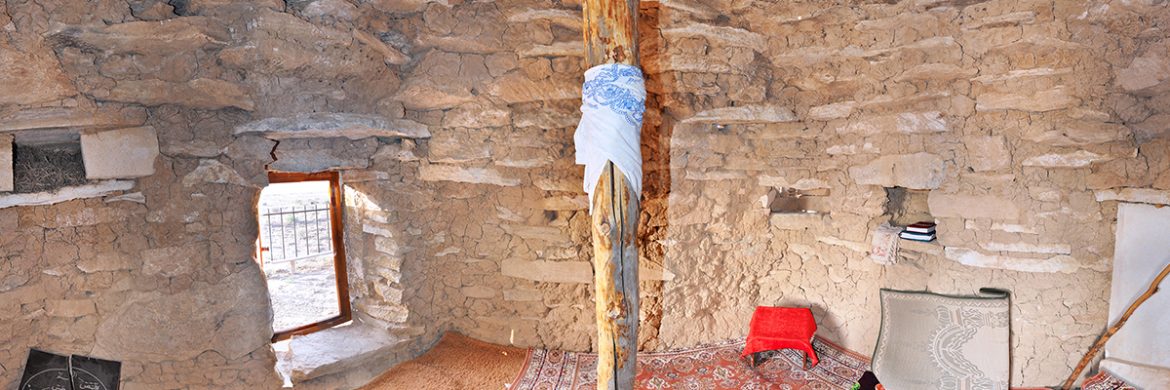Situated 35 km north of the village of Otes in the sacred Mangystau region, the Sissem-ata necropolis stands as one of the largest and most significant cultural heritage sites. Nestled along wintering wells and ancient caravan roads on the western ridge of the Ustyurt plateau, this expansive historical and architectural complex is often referred to as the «pantheon of batyrs» or, in some sources, the pantheon of the Adai clan.

Functioning as the final resting place for the heads of the Adai tribe—renowned batyrs, biys, orators, and benefactors who supported their people in times of adversity—the necropolis carries the weight of a sacred legacy.
Legend has it that Sissem Ata, one of the first preachers of Islam during the Oghuz-Kipchak period in the Middle Ages, called this place home.
With a remarkable 1,328 registered architectural monuments within its bounds, the necropolis boasts 22 domed mausoleums, 155 saganatams, 382 kulpytas with koitas, and 129 sarcophagi, along with other stone fences and steles.
The well-preserved monuments, adorned with intricate ornaments, testify to the extraordinary talent and skill of local architects. The Sissem-ata necropolis thus stands not only as a repository of historical treasures but also as a testament to the architectural prowess, traditions, and cultural specifics of the nomads who once inhabited these lands, providing insight into their socio-political development.

Today, the Sissem-ata necropolis is revered as a sacred place, drawing pilgrims who seek to pay homage and spend the night in this hallowed ground. However, before approaching the main burial site, a customary visit to the Az Aulie burial ground is mandatory. This smaller burial ground in the western part of the necropolis is believed to be the final resting place of Sissem Ata’s mother, emphasizing the cultural importance of respecting elders by spending the night at the saint’s mother’s burial ground first. Recognizing its historical significance, the Sissem-ata necropolis was placed under state protection in 1982, ensuring its preservation for generations to come.
Photo by akimat ofMangystau region



